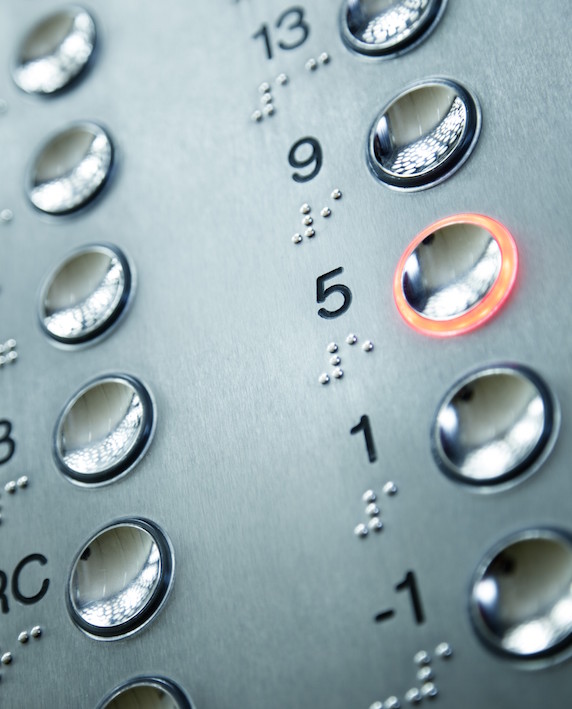 The cost of elevator preventive maintenance continues to be on the rise. Additionally, recent industry trends with maintenance agreements now containing obsolescence clauses have significantly changed maintenance coverage and whether all parts of an elevator system are or are no longer covered. Recent Code changes requiring a Maintenance Control Plan (MCP) have also impacted a service provider’s responsibilities.
The cost of elevator preventive maintenance continues to be on the rise. Additionally, recent industry trends with maintenance agreements now containing obsolescence clauses have significantly changed maintenance coverage and whether all parts of an elevator system are or are no longer covered. Recent Code changes requiring a Maintenance Control Plan (MCP) have also impacted a service provider’s responsibilities.
To anyone involved in building management, this news offers no surprises.
Traditionally, a maintenance contract escalated with inflation based upon changes in the material price index and cost of labor. To the credit of the elevator contractors, they controlled these cost increases by introducing innovative maintenance delivery practices. These practices represented a major change in an industry steeped with tradition.
The most recent major change to traditional industry practices has been the inclusion of “obsolescence” clauses in preventive maintenance contrasts. This change is a radical departure from traditional “full preventive maintenance” contracts. To paraphrase, Obsolescence clauses generally state that the maintenance contract no longer covers repair or replacement of components where a

